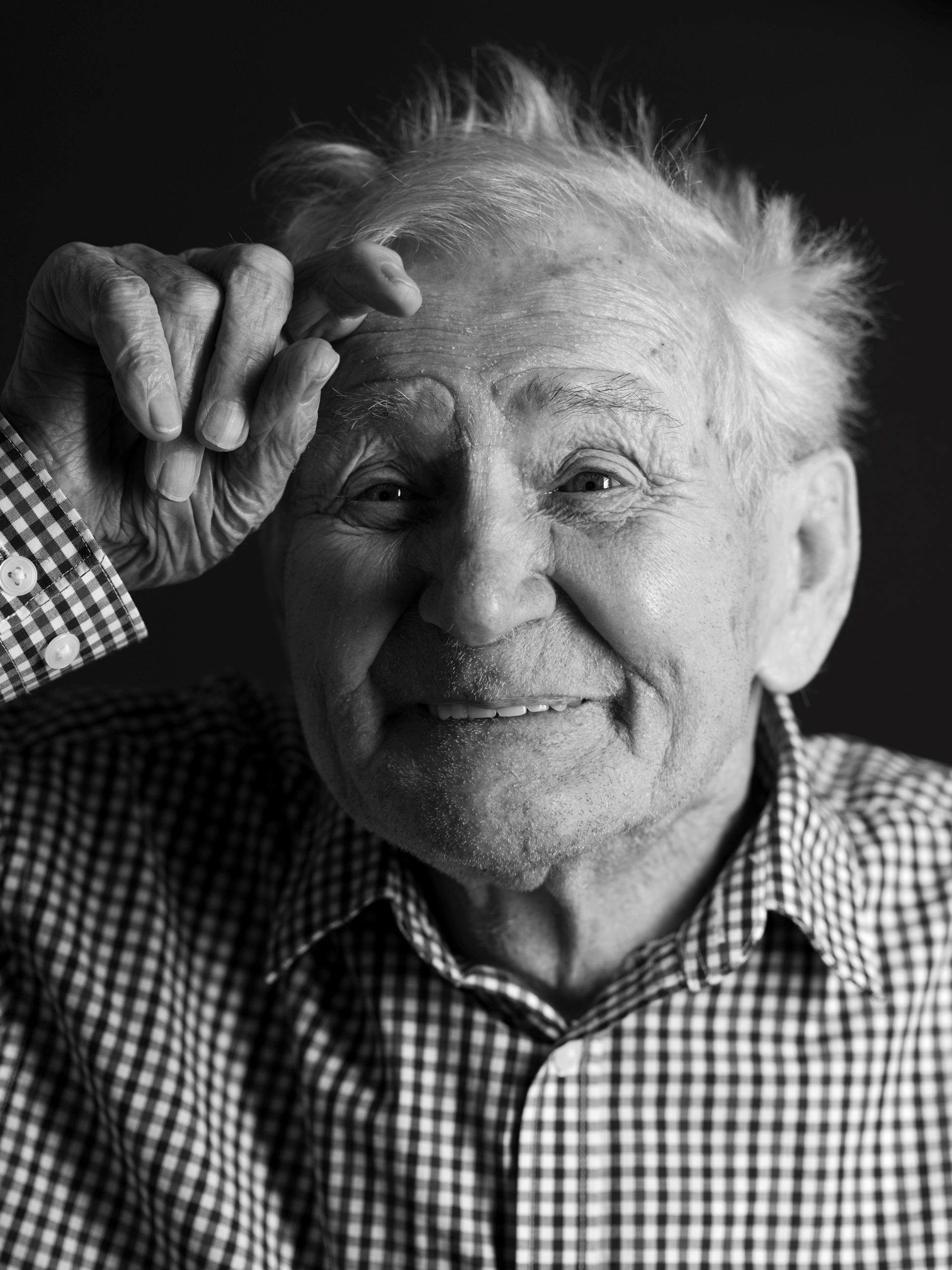
Global life expectancy has been predictably on the rise over the centuries: the US average was forty-seven in 1900, seventy in 1960, and now it is almost eighty. There are some 533,000 centenarians worldwide, and it has been predicted that there will be 3.7 million by 2050. These numbers are often presented as a problem, given the costs of pensions and care. But should the trend should be seen as a triumph when compared with the more morbid alternative? Here are some positive aspects of age, as explored in art, whether that be in its production, aesthetics, self-valuation or activity.

Ryan Moseley
Various distinctive physical and conceptual spaces—encompassing the fairground, the cyclist’s world and the history of art—come together in Ryan Mosley’s singular works, full of literally and figuratively colourful characters. It’s no surprise, then, that in this piece the full beard typically indicative of advanced years is utilized within the formal design of the painting. How not to relish the bushiness of this mountaineer, who seems to have dipped his beard into the sky? Maybe that’s how far off track he’s gone…
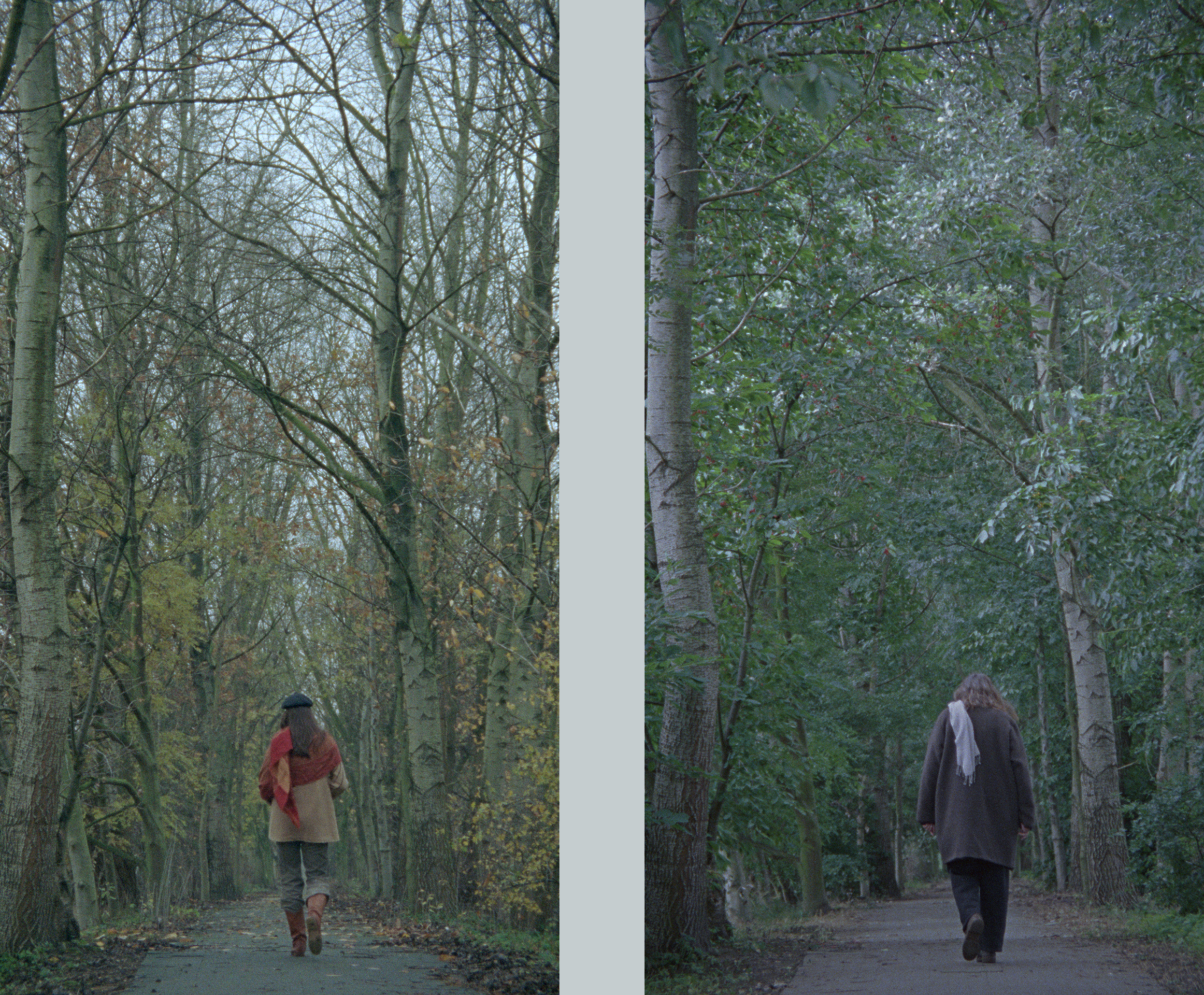
Fiona Tan
David Hume famously remarked that he could detect no continuous self, only a bundle of perceptions. Fiona Tan leaves room for doubt, but her imposing two-screen installation, Rise and Fall, moves between simultaneous views of an older and younger woman—implying that they may be the same person—and images of moving bodies of water. That seems to suggest how the flows of time and memory can act as unifying means of living reflectively in the present.
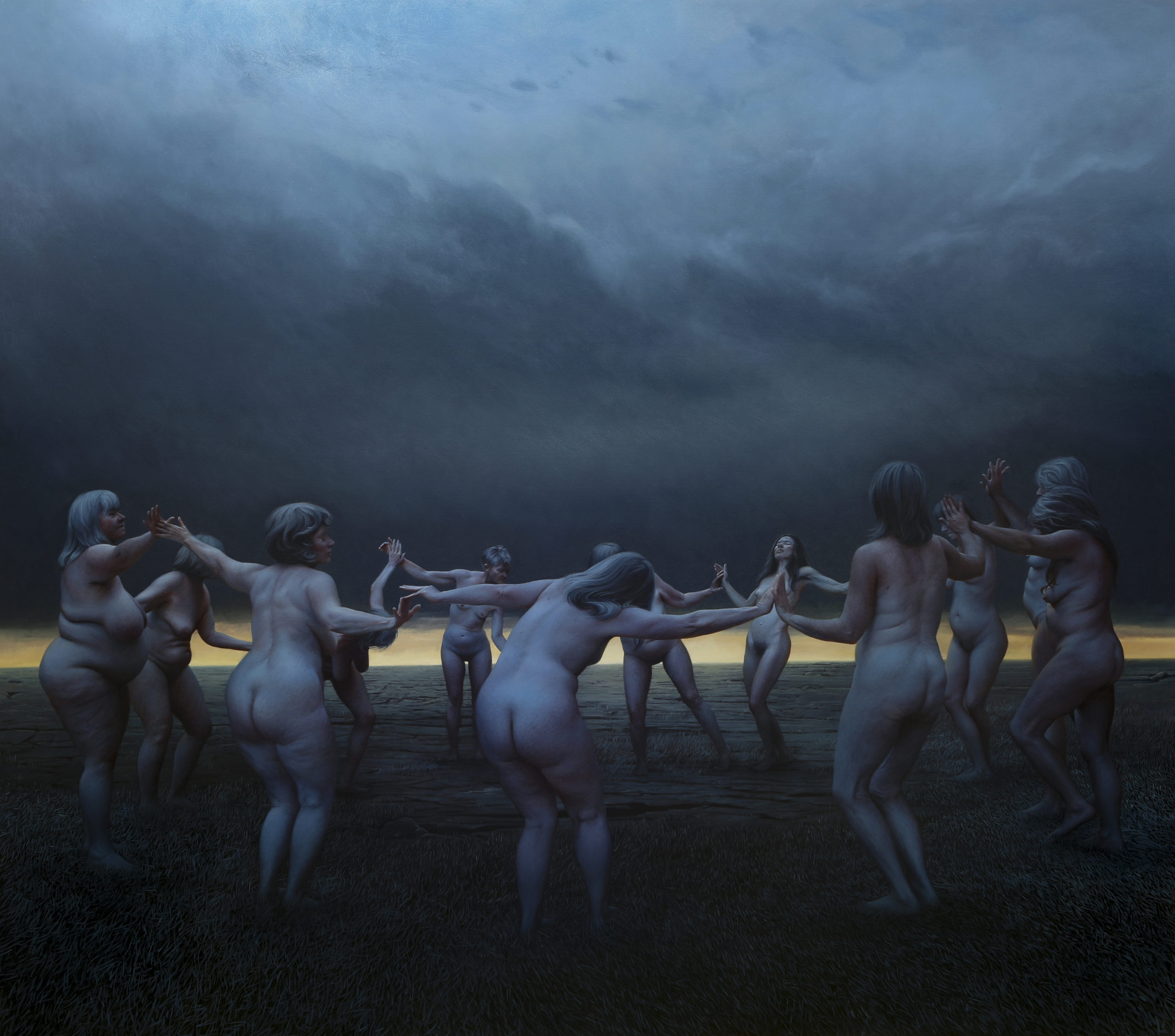
Aleah Chapin
The American painter Aleah Chapin celebrates bodily diversity, and age variations in particular, in her unified depictions of the human form and the natural environment. She sees her recent work as describing a world concerned with “in-betweenness and edges”—from the juxtaposition of soft human flesh and landscape, to the symbolic representation of emotional edges and extremes. At any rate, and despite the lowering sky, it looks like fun on the margins.
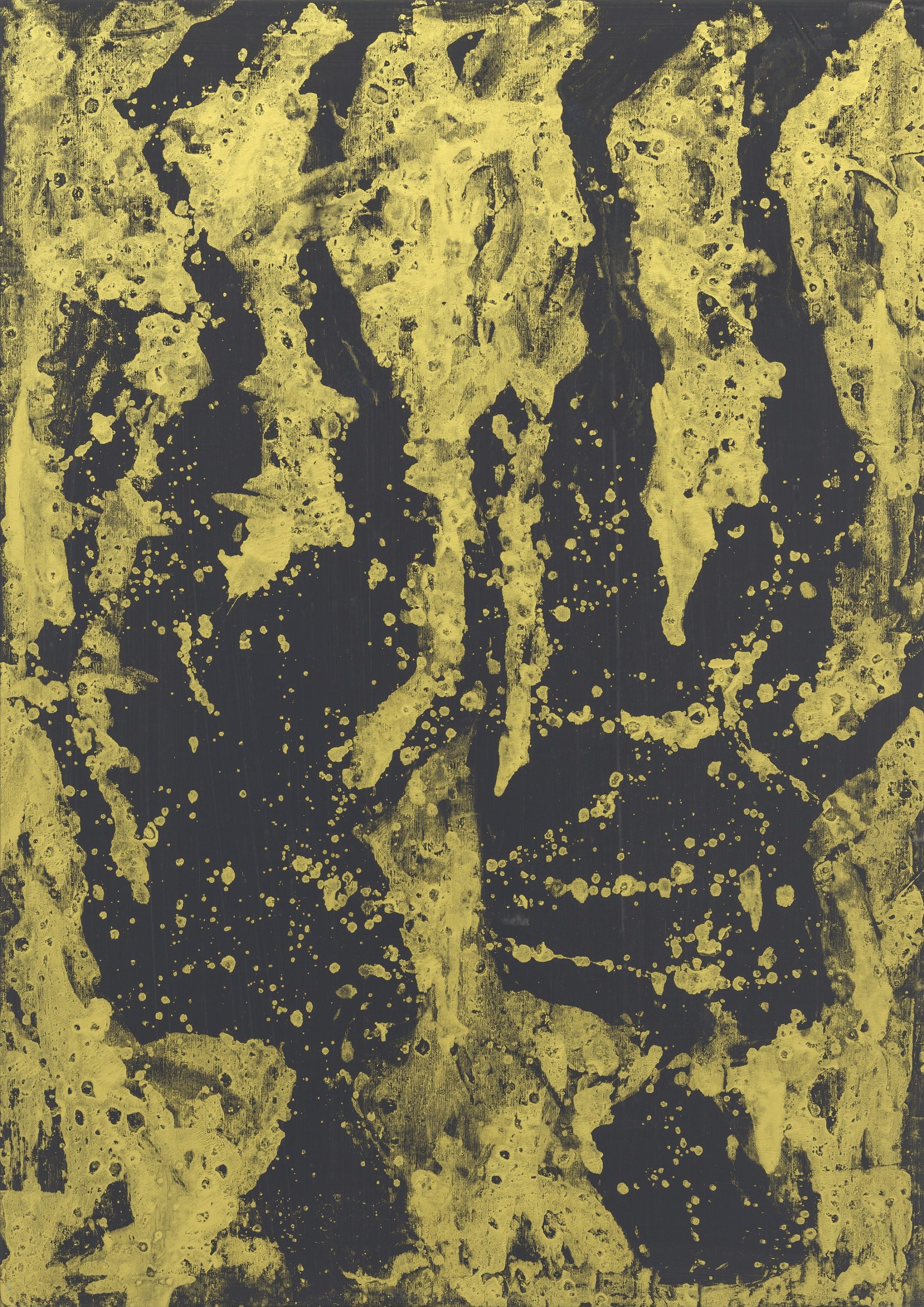
Georg Baselitz
Baselitz’s recent portraits of himself with his wife, Elke, invert the subject in the renowned octogenarian’s long-running means of—as he has said—“emptying the content out of what he paints” to emphasize abstract qualities. Yet the couple emerge as ghostly yet monumental presences. The series began darkly, but this recent 3-metre-high example puts the “old style” in “old” by suggesting traditional gilding with the painter’s use of gold varnish. Baselitz brings warmth to a double celebration of the value of age.

Regina Hügli
Increasing life spans and improving medical technologies mean that the number of people living with dementia is expected to triple from 50 million now, to 150 million by 2050. These portraits are from Drifting Identity, a series exploring how identity is affected by Alzheimer’s disease. In her notably empathetic portrayal of expressions of delight, confusion, bemusement and vacancy, Vienna-based photographer Regina Hügli connects us to her subjects as ongoing—if altered—human presences.
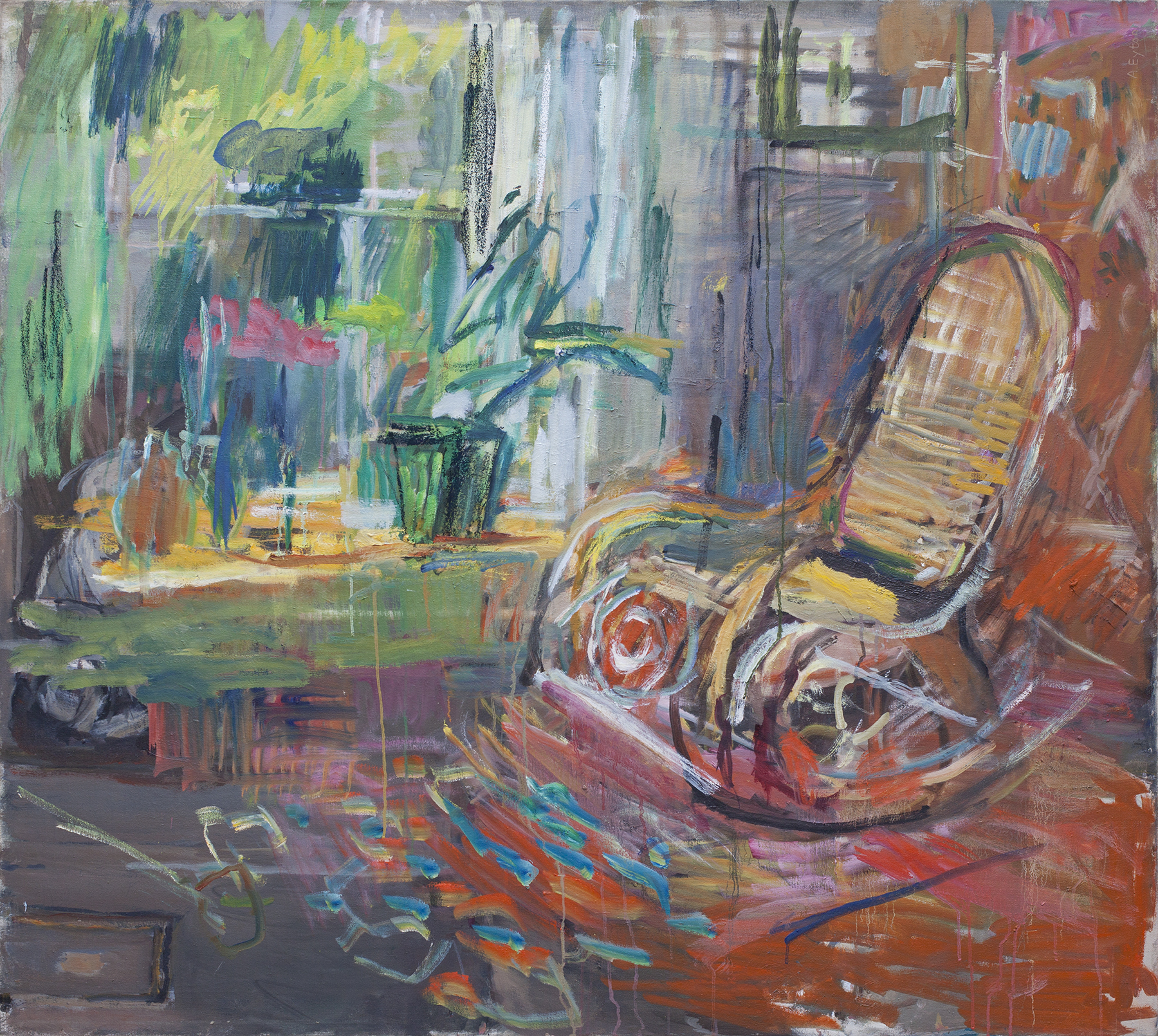
Anthony Eyton
At 96, Royal Academician Anthony Eyton might be able to lay claim to being the oldest artist who currently shows regularly. Eyton’s case makes a piquant contrast with his mother, who was herself a talented painter, but died in a riding accident aged twenty-nine. His own work remains vigorous and chromatically adventurous, even when he takes on subjects—such as this rocking chair—compatible with advanced years, and contrasting with the many earlier works which drew directly on international travel, particularly to India.





